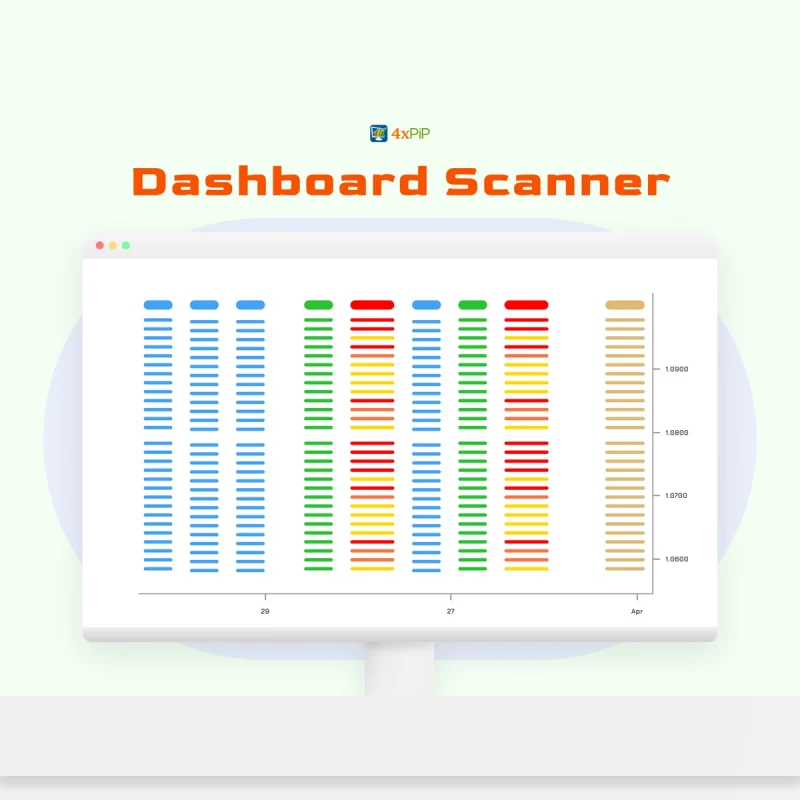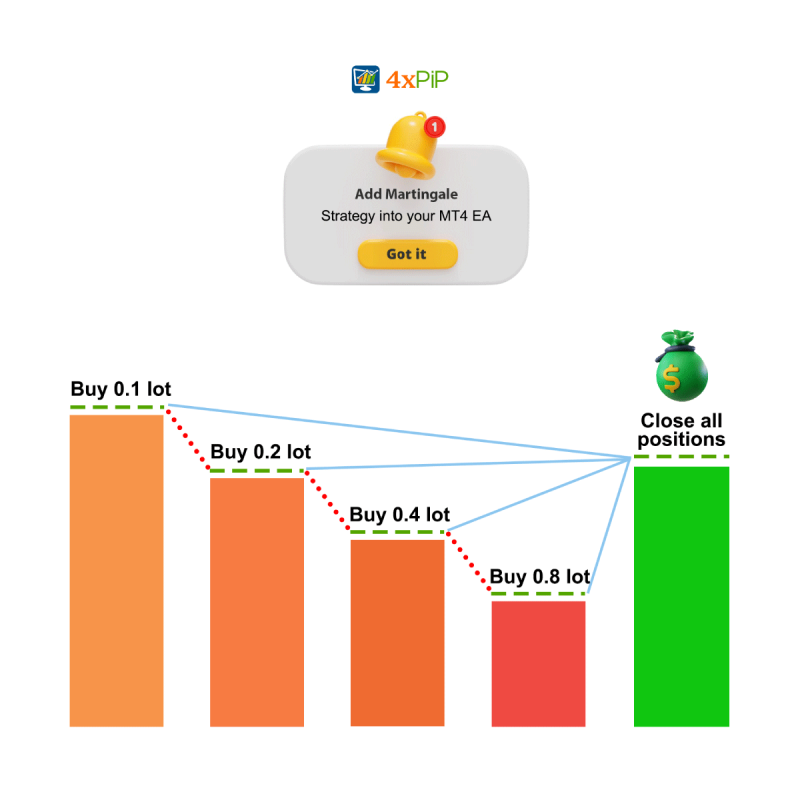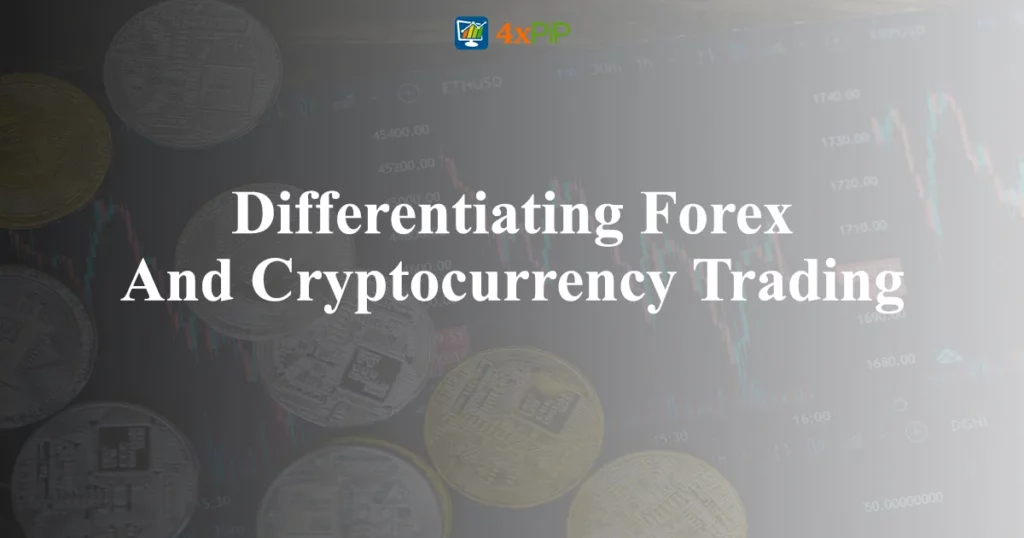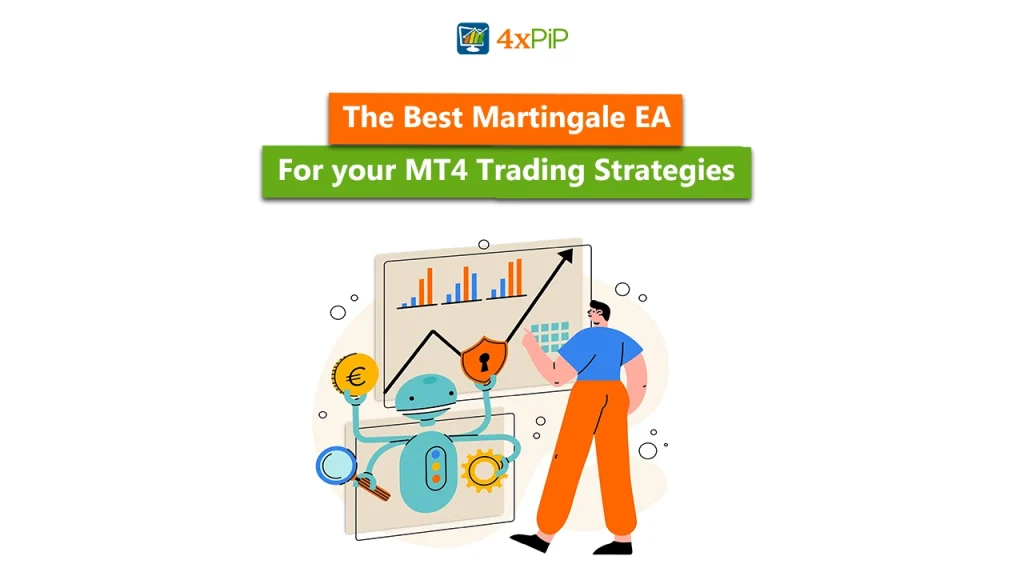Embarking on the journey of Forex trading through 4xPip opens doors to a realm where foreign currency transactions become a dynamic avenue for financial gain. As a trusted source for trading tools, 4xPip empowers traders with essential knowledge, setting the stage for a comprehensive exploration of Forex trading.
Understanding Forex Trading:
Forex trading, at its core, involves the exchange of fiat currency pairs, available for trading 24 hours a day on weekdays across major financial hubs globally. As an example, let’s dissect the EUR/USD currency pair, where the euro (EUR) serves as the base currency, and the US dollar (USD) acts as the quote currency. The interplay between these currencies forms the foundation of Forex trading.
Decoding Forex Currency Pairs:
Navigating the Forex market begins with a profound understanding of currency pairs. The designation of the first currency as the “base currency” and the second as the “quote currency” establishes the framework for trading decisions. For instance, when dealing with the USD/JPY pair, traders assess the value of the US dollar against the Japanese yen. Economic factors, geopolitical events, and interest rates wield considerable influence over these currency pairs, shaping the landscape for traders.
Analytical Approaches in Forex Trading:
Fundamental Analysis:
Delving into the realm of fundamental analysis unveils a method where traders scrutinize economic and political factors to gauge their impact on currency exchange rates. Variables such as interest rates, inflation, GDP growth, and geopolitical events act as pivotal indicators guiding traders through the complex web of global economics.
Technical Analysis:
The application of technical analysis introduces traders to a realm of charts, indicators, and historical price data. Through the study of past price trends, technical analysts discern patterns and trends in currency pair prices. This historical perspective serves as a valuable tool for predicting future price movements and making informed trading decisions.
Sentiment Analysis:
In the ever-evolving landscape of Forex trading, sentiment analysis emerges as a crucial component. Traders gauge market sentiment by tracking news, social media trends, and various other indicators. This analysis of the general attitude among traders and investors unveils market psychology, guiding traders toward strategic and well-informed decisions.
Lot Sizes, Leverage, and Risk Management:
Lot Sizes:
The intricacies of lot sizes unfold as traders navigate the choices between standard lots, mini lots, and micro-lots. Each lot size carries distinct implications, allowing traders to control larger positions with a relatively small cash investment.
Leverage:
The strategic utilization of leverage in Forex trading introduces both opportunities and risks. While leverage can amplify profits, traders must exercise caution, as even minor price fluctuations can result in substantial losses. Appropriate risk management, encompassing prudent position sizing and the implementation of stop-loss orders, becomes paramount in mitigating potential risks.
Risk Management:

Risk management plays a pivotal role in the realms of forex and cryptocurrency trading. While both Forex and cryptocurrency trading involve the speculative nature of predicting market movements, the distinctions in risk factors are noteworthy. In Forex trading, where currencies of various nations are exchanged, risks often stem from geopolitical events, economic indicators, and interest rate differentials. Successful risk management in Forex necessitates a comprehensive understanding of these factors, prompting traders to employ tools like stop-loss orders and take-profit levels to mitigate potential losses.
Cryptocurrency Trading:

In a paradigm shift within the financial markets, cryptocurrency trading emerges as a disruptive force, ushering in a new era where digital assets become the focal point of trading endeavors. In collaboration with 4xPip, this segment aims to unravel the intricacies of cryptocurrency trading, providing traders with a comprehensive guide to navigating the digital landscape.
Dynamics of Cryptocurrency Trading:
Cryptocurrency trading, propelled by the buying and selling of digital assets, forms a dynamic landscape facilitated by cryptocurrency exchanges. Traders immerse themselves in predicting the value fluctuations of one cryptocurrency relative to another. As an example, the BTC/ETH pair allows traders to exchange Bitcoin (BTC) for Ether (ETH), unveiling a multitude of possibilities for profit.
Cryptocurrency Trading Strategies:
Day Trading:
Day trading unfolds as a strategy wherein traders execute multiple transactions within a single day. This approach capitalizes on short-term price fluctuations, offering traders the potential for quick and decisive gains.
Swing Trading:
The art of swing trading revolves around capturing market swings, with traders holding positions for a span of days to weeks. This strategic approach leverages the ebb and flow of the market, allowing traders to capitalize on medium-term price movements.
Long-Term Investing (Holding):
Embracing a long-term investing strategy, commonly known as “holding,” involves holding cryptocurrencies for an extended period. This approach anticipates substantial growth over time, aligning with the principles of strategic patience.
Arbitrage and Algorithmic Trading:
Traders delve into the realms of arbitrage and algorithmic trading to optimize their strategies. Arbitrage exploits price differentials between exchanges, while algorithmic trading automates the trading process, enhancing efficiency and precision.
Security Measures in Cryptocurrency Trading:
Digital Wallets:
In the ever-evolving landscape of cryptocurrency trading, security stands as a paramount concern. Traders safeguard their digital assets through digital wallets, choosing between software-based options like online, desktop, or mobile wallets and physical devices like hardware wallets. This multi-faceted approach ensures the protection of funds in an environment prone to cyber threats.
Differentiating Forex and Cryptocurrency Trading:
Market Focus:
A profound distinction between Forex and cryptocurrency trading lies in their market focus. Forex trading primarily centers around traditional fiat currencies, governed and issued by governments and central banks. The stability, established practices, and liquidity of Forex markets make it a distinct entity within the financial landscape.
Cryptocurrency Focus:
Cryptocurrency trading, in contrast, revolves around decentralized digital currencies operating on blockchain technology. The focus on cryptocurrencies introduces elements of innovation, flexibility, and the potential for substantial returns. The unique characteristics of digital currencies set them apart from traditional fiat currencies, creating a dynamic and evolving trading landscape.
Risks in Forex and Cryptocurrency Trading:
Risks in Forex Trading:
The world of Forex trading is not without its inherent risks, each demanding careful consideration. Exchange rate risk, leverage risk, interest rate risk, economic events risk, and broker risk collectively shape the risk profile for Forex traders.
Risks in Cryptocurrency Trading:
Cryptocurrency trading brings its own set of challenges and risks. The volatility risk associated with rapid price fluctuations, regulatory risk stemming from an evolving regulatory environment, security risk in the face of hacking and fraud, liquidity risk in smaller cryptocurrency markets, market sentiment risk influenced by news and social media trends, technology risk due to potential glitches, and investment risk in speculative projects all contribute to the risk landscape in cryptocurrency trading.
Summary:
As we navigate the intricacies of Forex and cryptocurrency trading, it becomes evident that these financial domains offer distinct opportunities and challenges. Whether seeking stability in established Forex markets or exploring the innovative landscape of cryptocurrency trading, traders must remain informed and trade wisely. Both realms demand a strategic approach, leveraging analytical tools, risk management, and continuous learning for success.












